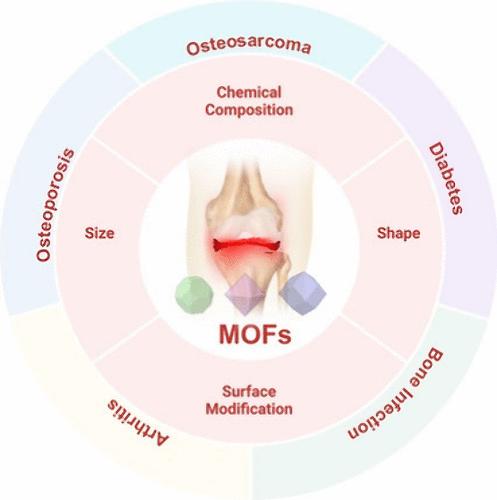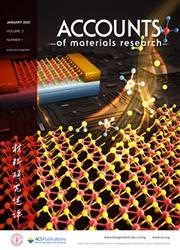Beyond Drug Delivery: Metal–Organic Framework-Derived Nanosystems for Bone Regeneration under Complicated Pathological Microenvironments
IF 14
Q1 CHEMISTRY, MULTIDISCIPLINARY
引用次数: 0
Abstract
The development of tactics to effectively manage various bone illnesses, including bone abnormalities, bone infections, fractures, osteoarthritis, osteoporosis, and malignancies, has become a significant public health concern for achieving optimal bone repair outcomes. Conventionally, bisphosphonates and monoclonal antibody medications have shown partial clinical efficacy in bone regeneration. However, issues such as medication resistance, life-threatening off-target side effects, and poor bioavailability continue to affect the majority of patients. Additionally, surgical interventions like subchondral bone microfracture, lavage, debridement, and shaving are primarily effective for minor bone defects. For severe bone defects, the gold standard treatment involves implanting autologous or allogeneic bone grafts. Nevertheless, these grafts come with challenges, such as donor site complications, immune rejection, infections, and limited tissue availability.

超越药物输送:复杂病理微环境下用于骨再生的金属有机框架衍生纳米系统
为了达到最佳的骨修复效果,开发有效治疗各种骨病(包括骨异常、骨感染、骨折、骨关节炎、骨质疏松症和恶性肿瘤)的方法已成为公共卫生领域的一个重要问题。传统上,双膦酸盐和单克隆抗体药物对骨再生有部分临床疗效。然而,耐药性、危及生命的脱靶副作用和生物利用度差等问题仍然影响着大多数患者。此外,软骨下骨微骨折、灌洗、清创和刮除等外科干预措施主要对轻微骨缺损有效。对于严重的骨缺损,金标准治疗方法是植入自体或异体骨移植。然而,这些移植物也面临一些挑战,如供体部位并发症、免疫排斥、感染和组织供应有限。
本文章由计算机程序翻译,如有差异,请以英文原文为准。
求助全文
约1分钟内获得全文
求助全文

 求助内容:
求助内容: 应助结果提醒方式:
应助结果提醒方式:


